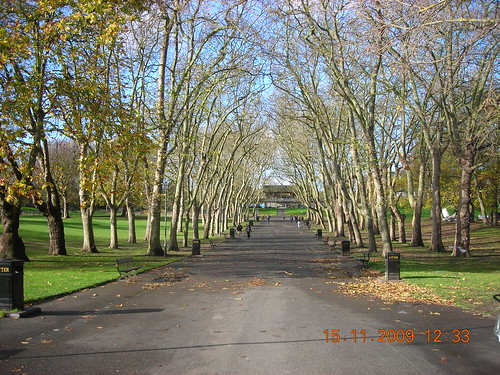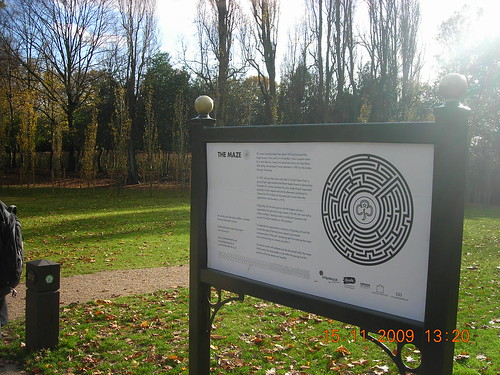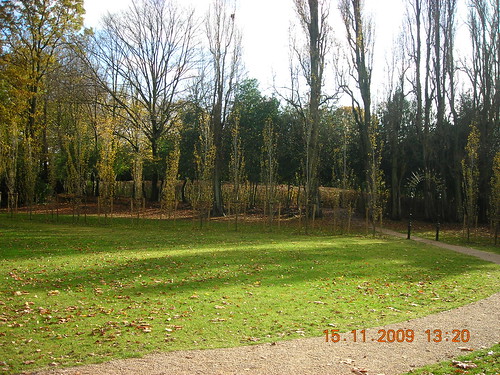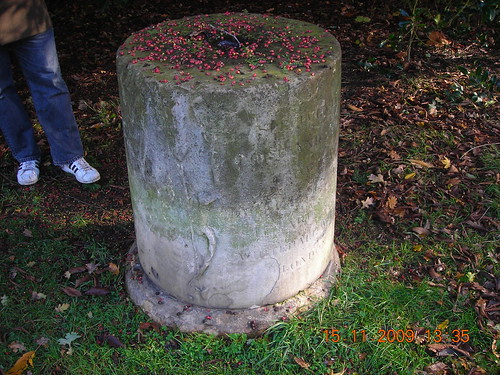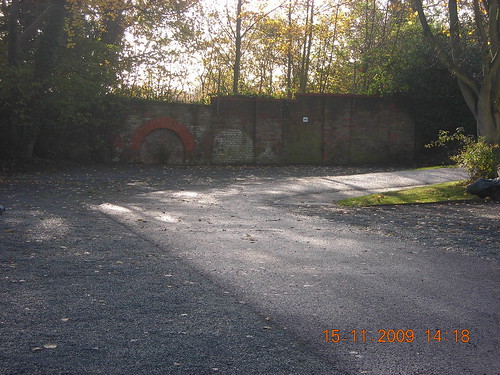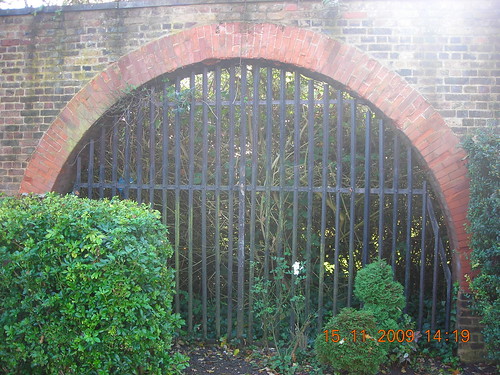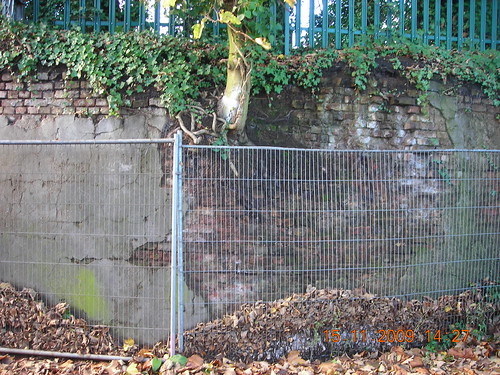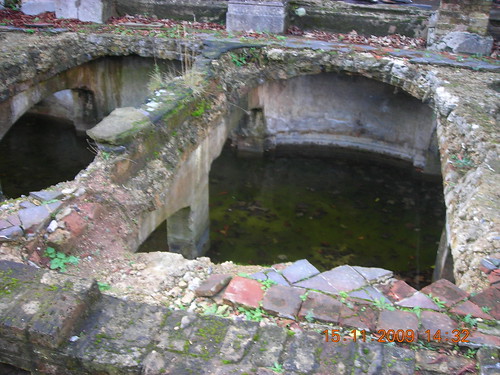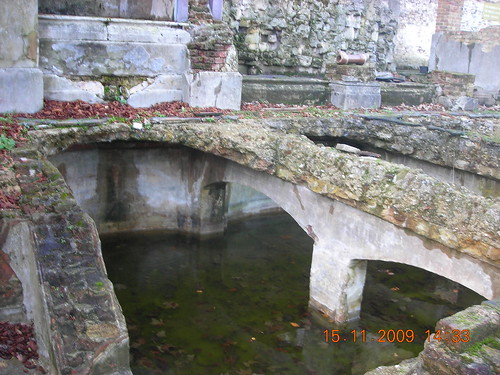By way of explanation, i thought this was the statue of Joseph Paxton that we were meeting at. WRONG
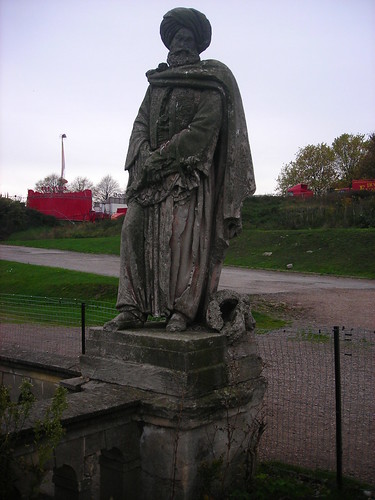
I have no idea who this bloke is
Then we have the bust of Jospeh Paxton , where everyone else was waiting for me

then onto the go kart race track by the NSC.
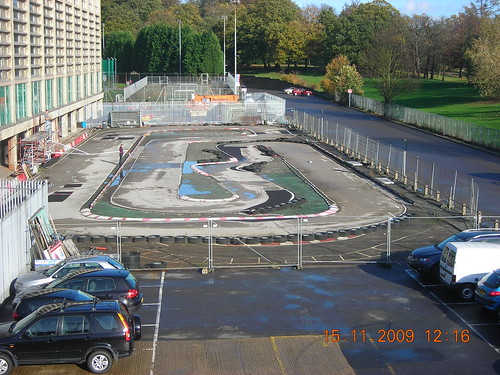
and a post (partly submerged) which had something to do with marking a border with Penge
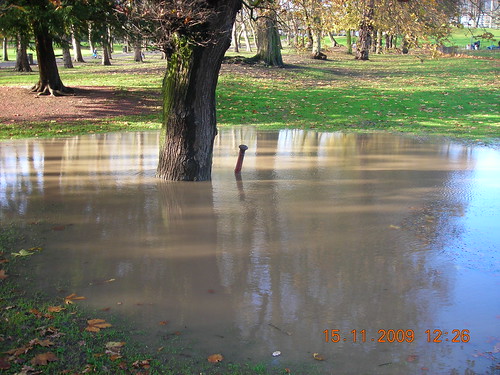 [img]
[img]I'm sorry, but i am just completely mesmerised by the engineering that went into the Crystal Palace. The Victorians were brilliant.
A 375 foot groundwater well of 8 foot diameter was used to supplement the water feature in the park.

